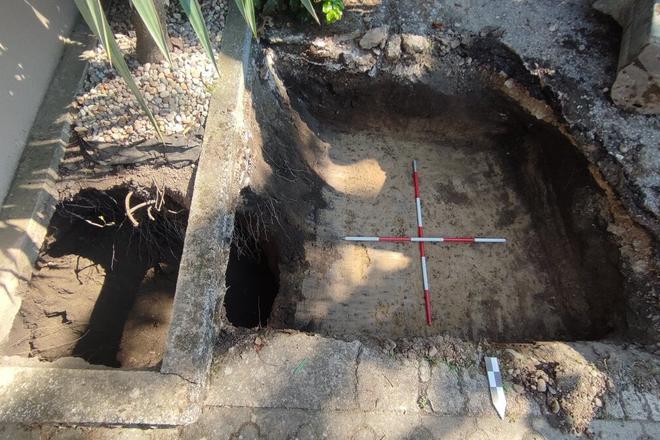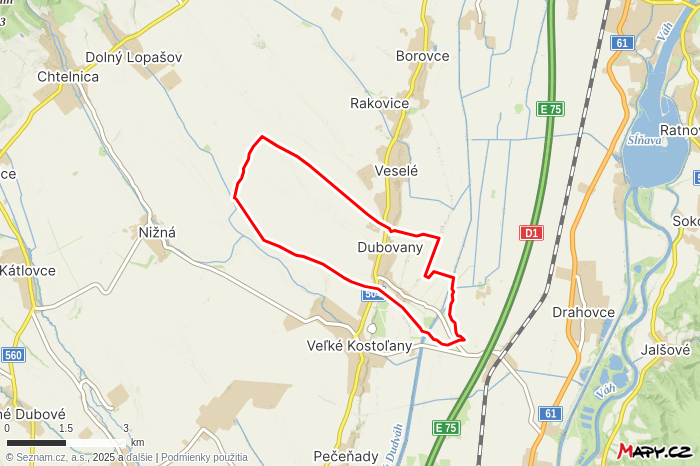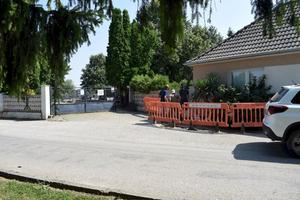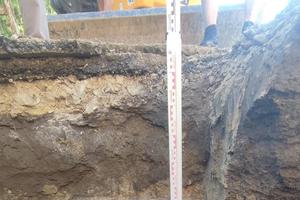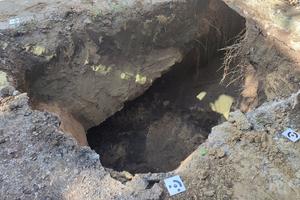A routine day in the Slovak village of Dubovany, Trnava Region, turned out to be extraordinary when the ground near the local cemetery gave way, revealing a hidden underground structure. Heritage experts quickly identified the site as a loch, an ancient subterranean space historically used for storing food and, in times of unrest, as a refuge, reports the regional news website My Trnava.
Lochs, partially or entirely unlined underground chambers carved into soft sediments like loess and clay, are rare finds in Slovakia. Matúš Sládok, the archaeologist leading the investigation, noted that this was the first report of such a structure in the Trnava Region.
“Lochs typically maintained above-freezing temperatures, even in harsh winters, making them habitable during colder periods,” Sládok explained. They were often accessed through above-ground structures and occasionally used as prison cells, giving rise to the Slovak phrase zavrieť do lochu (throw someone in a jail). The word originates from German and means “hole.”
The archaeological team documented the site but had to order its refilling due to safety concerns and its precarious location near a house and road. While examining the loch, ceramic shards were found in the overlying soil, including one dating back to the La Tène period around 450 BCE. However, Sládok clarified that the shard was unrelated to the loch itself, instead pointing to an earlier archaeological site nearby.
The loch’s exact origins remain a mystery, though historical maps suggest that it predates the neighbouring house built in the 19th century. Sládok speculates that it may be linked to an older structure recorded during the First Military Mapping Survey of 1782–1784.
While lochs are understudied in Slovakia, extensive research has been conducted in neighbouring Moravia, Austria, and Germany.


